In Unity, say you have a 3D object,
Of course, it's trivial to get the AABB, Unity has direct functions for that,
(You might have to "add up all the bounding boxes of the renderers" in the usual way, no issue.)
So Unity does indeed have a direct function to give you the 3D AABB box instantly, out of the internal mesh/render pipeline every frame.
Now, for the Camera in question, as positioned, that AABB indeed covers a certain 2D bounding box ...
In fact ... is there some sort of built-in direct way to find that orange 2D box in Unity??
Question - does Unity have a function which immediately gives that 2D frustrum box from the pipeline?
(Note that to do it manually you just make rays (or use world to screen space as Draco mentions, same) for the 8 points of the AABB; encapsulate those in 2D to make the orange box.)
I don't need a manual solution, I'm asking if the engine gives this somehow from the pipeline every frame?
Is there a call?
(Indeed, it would be even better to have this ...)
My feeling is that one or all of the
- occlusion system in particular
- the shaders
- the renderer
would surely know the orange box, and perhaps even the blue box inside the pipeline, right off the graphics card, just as it knows the AABB for a given mesh.
We know that Unity lets you tap the AABB 3D box instantly every frame for a given mesh: In fact does Unity give the "2D frustrum bound" as shown here?




